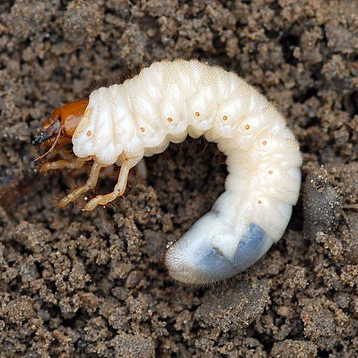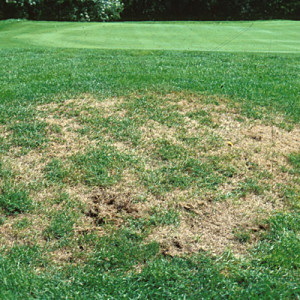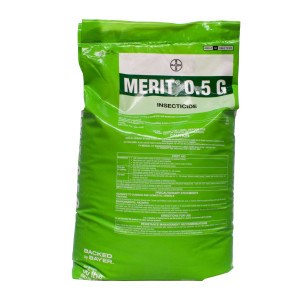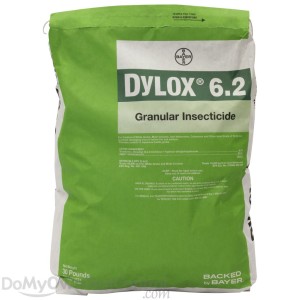Grub Control
Grubs can seriously damage your lawn! Proper preventative methods can help alleviate the massive turf damage that these underground insects can cause. Green Meadows offers optional, but highly recommended, preventative measures that can be incorporated into our lawn fertilization schedule. Keep reading to learn more about grubs and grub control, or contact us today to make sure grub control is added to your lawn fertilization schedule.
What Are Grubs? Grub Identification
Lawn grubs are the larvae of a variety of many beetles, including Japanese beetles and June Bugs. These beetles typically lay eggs in July that hatch in about 2-4 weeks. The new larvae begin feeding almost immediately after hatching. Therefore, grub damage typically begins showing mid August and September, although different grub larvae can start earlier or later depending on the type of beetle. A full grown grub is approximately 2”. They usually start out all white and as they grow, develop a dark tail-end (around 3-4 weeks).
Grub Life/Feeding Cycle
The life-cycle of grubs in the lawn is around a year. As the winter approaches, the grubs will venture deeper in the soil to hibernate. They return back to the root layer again in the spring to feed and develop into beetles. Although grubs may already be in the lawn feeding in the spring, the lawn will show the most visible signs of damage in the summer when the lawn is the most stressed.
Grub Prevention & Control:
 Grub Damage
Grub Damage
After hatching, the grub worms begin feeding almost immediately on the turf’s root system. The higher the concentration of larvae, the more damage to your turf. The damage will appear as wilting and browning grass in irregular shaped areas around your lawn. Since the grubs damage the root system, the turf will become very loose and peel back like new sod. The grub worms will be noticeable under the turf layer once peeled back. Grubs love healthy, thick grass. The healthier the grass, the better the root system, the more appetizing to the grubs.
Early Season Prevention
Applying a lawn insect control treatment earlier in the season, like Merit can prevent the hatching and further maturity of the grub worms. Although every lawn doesn’t necessarily have grub worms or eggs, allowing them to hatch (or continue feeding) can prove to be a nightmare. Like going to the dentist, a little proper preventative maintenance can alleviate what can develop into a huge problem. Grub damage is very unsightly in what can be an otherwise perfect, healthy lawn. A little early season prevention can help solve this.
Damage Control
Since they attack the grass’s root system, any signs of grub damage means the damage is already done and is hard to reverse. Typically at that stage, the only way to assess the problem is with a granular insecticide, like Dylox by Bayer. Dylox is known to be effective and can yield excellent results when applied to prevent and treat lawns infected with grubs. The Dylox is typically applied to the damaged and surrounding area to stop the spread of further damage. The damaged turf typically will not rebound, and the area will need to be raked out and re-seeded in the early spring or early fall leaving large, bare spots in your lawn.
Additional Unwanted Visitors
In addition to the damage that grub alone can cause, some animals are also drawn to these areas at night to feed on the grubs. Grubs are a favorite food source of miles, skunks and raccoons (among other animals) and they will dig up the turf to get to them. So in some instances, the lawn will have damage from the grubs and damage from the animals digging up the soil to get to them!
Ready to get the grub control treatment set-up? Contact us today to get grub prevention added to your fertilization schedule!